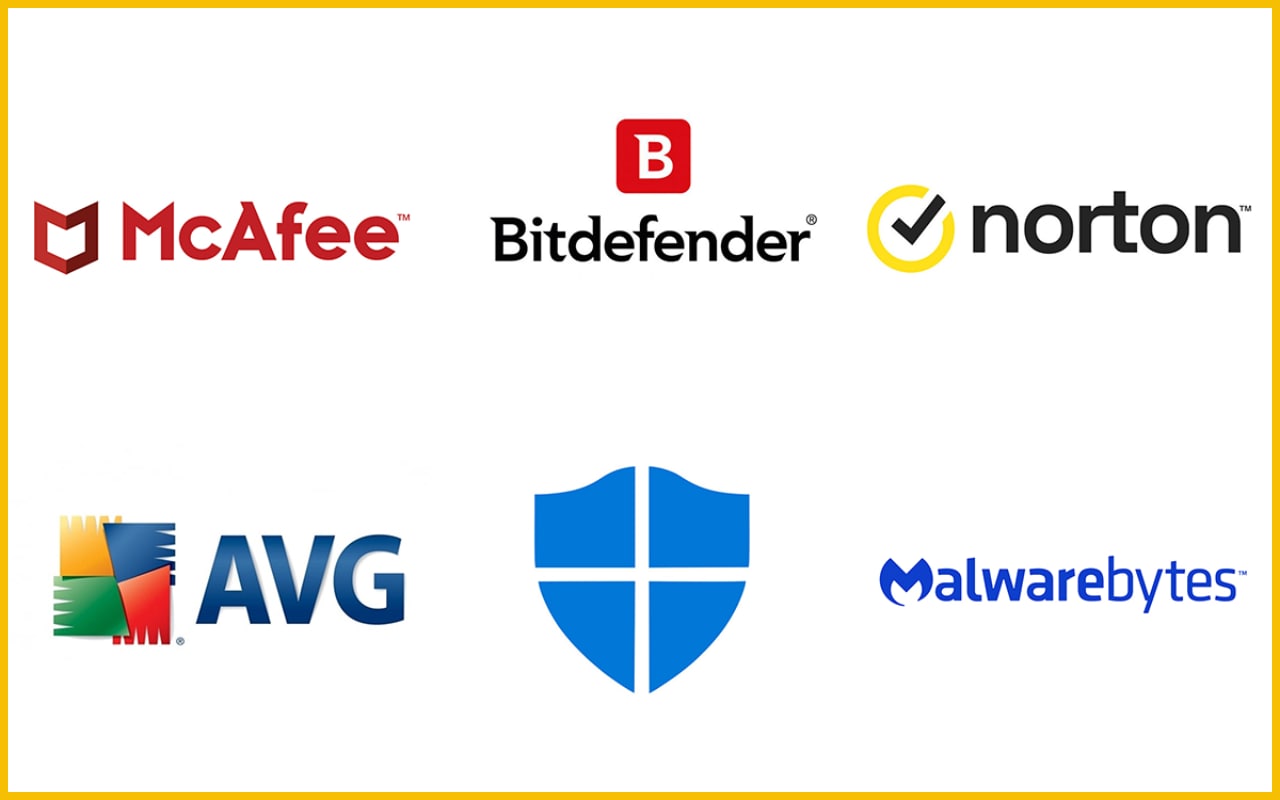Are you constantly drowning in a sea of tasks and to-do lists? Do you find it challenging to juggle work, personal life, and all the responsibilities that come your way? You’re not alone. The struggle to stay productive and efficient in our modern, tech-savvy world is real. But fear not, there’s a solution at your fingertips – productivity software.
In this blog post, we’ll take a deep dive into the realm of desktop productivity software. We’ll explore the top tools and strategies that can help you reclaim control over your tasks, time, and life. By the end of this journey, you’ll be armed with the knowledge to supercharge your efficiency and productivity.
The Power of Productivity Software
What is Productivity Software?
Productivity software, as the name suggests, is a category of computer programs designed to boost your productivity. These tools are like your digital Swiss Army knife, equipped with various features and functions to help you manage your work and personal life efficiently. They can be a lifesaver, enabling you to accomplish tasks faster, better, and with less stress.
The Versatility of Desktop Productivity Software
While productivity software can take various forms, desktop applications are particularly popular. They offer a wide range of features and can be customized to suit your specific needs. Let’s take a look at some of the most common types of desktop productivity software:
Word Processing Software: These applications, such as Microsoft Word or Google Docs, are ideal for creating documents, reports, and other written materials. They come with formatting options and spell-check features to ensure your content is top-notch.
Spreadsheets: Tools like Microsoft Excel or Google Sheets are excellent for managing data, calculations, and financial records. They offer an organized way to handle numerical information.
Task and Project Management Software: Applications like Trello, Asana, or Microsoft Project help you organize tasks, set deadlines, and collaborate with others. They are indispensable for team projects and personal task management.
Note-Taking Software: Evernote and OneNote are renowned for digital note-taking. They allow you to jot down ideas, make to-do lists, and even capture audio or images, making them versatile tools for organizing your thoughts.
Calendar Software: Applications like Google Calendar or Microsoft Outlook help you manage your schedule efficiently. You can schedule meetings, set reminders, and integrate your calendar with email and other apps for a seamless workflow.
Communication Tools: Slack and Microsoft Teams facilitate communication within teams and organizations. They allow for real-time messaging, file sharing, and integration with other productivity apps.
Graphic Design Software: For those in creative fields, software like Adobe Creative Cloud is a go-to choice. It provides tools for graphic design, video editing, and other creative endeavors.
Why Use Desktop Productivity Software?
The benefits of using desktop productivity software are extensive. Here are some of the most compelling reasons why these tools are indispensable:
Efficiency: These applications streamline your work processes, helping you get more done in less time.
Organization: They enable you to keep your tasks, documents, and data neatly structured and readily accessible.
Collaboration: Many productivity apps support collaboration, allowing you to work with others seamlessly.
Automation: You can automate repetitive tasks, reducing the time and effort required for routine work.
Error Reduction: Features like spell-check and data validation help minimize mistakes in your work.
Portability: Many productivity apps offer cloud integration, allowing you to access your work from anywhere with an internet connection.
Productivity Metrics: Some software provides insights into your productivity, helping you identify areas for improvement.
Now that we’ve covered the basics of productivity software, let’s dive into some of the best options available for desktop users.
Top Desktop Productivity Software
1. Microsoft Office Suite
Microsoft Office has been a productivity staple for decades, and for good reason. The suite includes Word, Excel, PowerPoint, and more. These tools are known for their reliability, extensive features, and compatibility. Whether you’re crafting a professional document, crunching numbers, or creating presentations, Microsoft Office has you covered.
2. Google Workspace (formerly G Suite)
Google’s productivity suite, now known as Google Workspace, offers a cloud-based alternative to Microsoft Office. With Google Docs, Sheets, Slides, and other apps, you can collaborate in real time with colleagues and access your work from any device with an internet connection. The cloud storage and sharing features make it an excellent choice for those who value mobility and teamwork.
3. Trello
Trello is a visual project management tool that uses boards, lists, and cards to help you organize tasks and projects. It’s highly intuitive and flexible, making it suitable for individuals, small teams, and large organizations. You can track progress, set deadlines, and customize boards to fit your workflow.
4. Evernote
Evernote is the ultimate note-taking app. It allows you to create notes in various formats, including text, images, and audio. You can organize these notes into notebooks and tag them for easy retrieval. Evernote’s powerful search function ensures you can find your notes quickly, no matter how extensive your collection becomes.
5. Notion
Notion is an all-in-one workspace that combines note-taking, project management, and database features. It’s highly customizable, allowing you to create a personal productivity hub tailored to your needs. Notion’s versatility makes it an excellent choice for both personal and professional use.
6. Asana
Asana is a robust project management and task tracking tool designed to improve team collaboration. You can create tasks, assign them to team members, set due dates, and track progress. Asana’s user-friendly interface and integrations with other apps make it a popular choice for many businesses.
7. Adobe Creative Cloud
If you work in graphic design, video editing, or other creative fields, Adobe Creative Cloud is your go-to choice. It includes software like Photoshop, Illustrator, InDesign, Premiere Pro, and more. These tools are industry standards for creative professionals.
Strategies for Maximizing Productivity
Choosing the right productivity software is only the first step. To truly supercharge your efficiency, you need to employ effective strategies. Here are some tips to make the most of your productivity software:
1. Set Clear Goals and Priorities
Before diving into any task, identify your goals and priorities. What do you want to achieve? What tasks are most important? Define your objectives, and use your productivity software to align your efforts with these goals.
2. Learn Keyboard Shortcuts
Most productivity software applications offer a plethora of keyboard shortcuts to speed up tasks. Invest time in learning these shortcuts, and you’ll save precious minutes every day. Small time savings add up over the long run.
3. Organize and Categorize
Effective organization is the key to productivity. Use folders, tags, and categories within your software to sort your files and tasks. This not only keeps your work tidy but also makes retrieval a breeze.
4. Use Templates
Most productivity software allows you to create and use templates. If you find yourself repeating similar tasks, develop templates that you can reuse. This is a great time-saver for tasks like report writing, email responses, and project planning.
5. Leverage Automation
Explore automation features in your software. Whether it’s scheduling emails, setting up recurring tasks, or automating data entry, automation can free up your time and reduce the risk of human error.
6. Stay Informed and Updated
Productivity software evolves, with new features and updates regularly released. Stay informed about the latest improvements and learn how to use them. Continuous learning can enhance your productivity.
The Future of Productivity Software
The world of productivity software continues to evolve rapidly. As artificial intelligence and machine learning become more integrated, these tools will become even more intuitive and adaptive. They’ll anticipate your needs, offer proactive suggestions, and make your work more efficient.
Additionally, with the growing emphasis on remote work and collaboration, productivity software will continue to adapt to the changing landscape. Expect to see more robust features for virtual teamwork, including enhanced communication and project management capabilities.
Conclusion
In an era where time is precious and tasks are relentless, productivity software is your secret weapon. Whether you’re a student, a professional, an entrepreneur, or someone striving for better work-life balance, the right desktop productivity software can make a world of difference.
By harnessing the power of tools like Microsoft Office, Google Workspace, Trello, Evernote, and many others, and by implementing effective strategies, you can reclaim control over your time and tasks. These software applications aren’t just tools; they are your partners in achieving your goals, and they’ll continue to evolve to help you stay on top of your game.
So, what are you waiting for? Dive into the world of desktop productivity software and start transforming your productivity today. Your future self will thank you for it!



